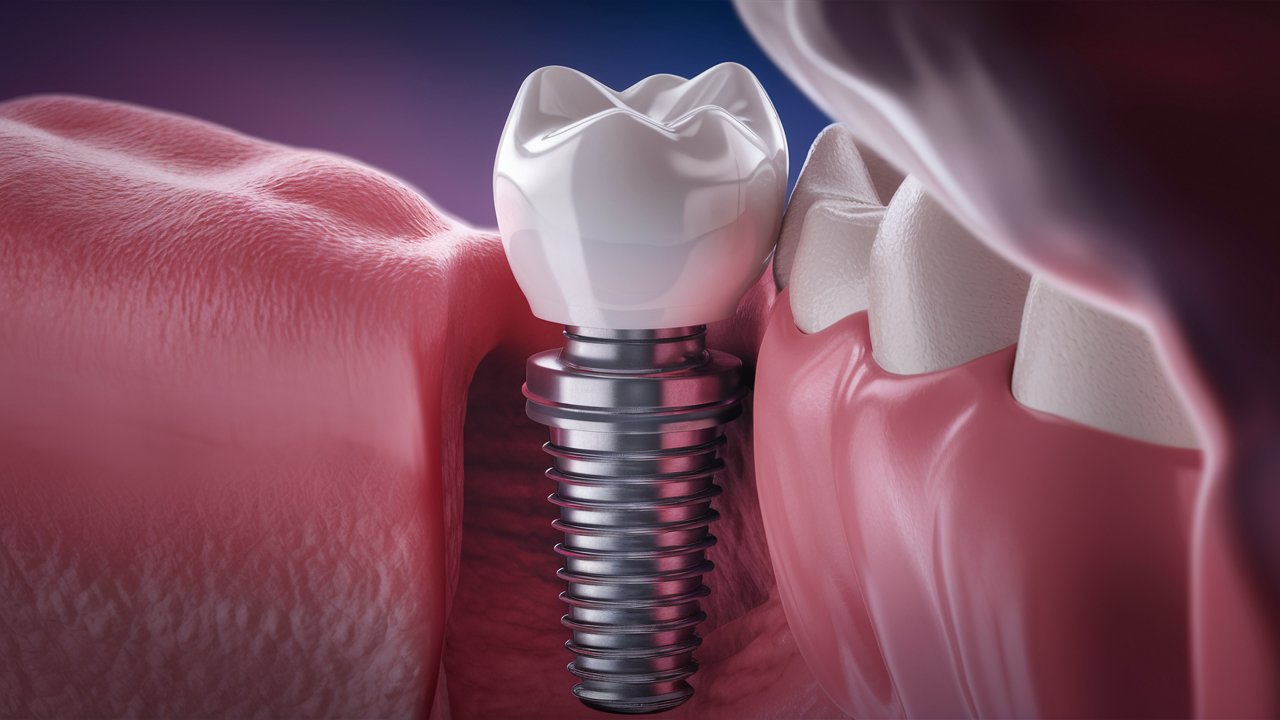
New Dental Implants: A Revolution in Dental Treatments
New Dental Implants: A Revolution in Dental Treatments
Introduction
Dental implants are one of the significant advancements in the field of dentistry, helping to restore both the function and aesthetics of teeth. Today, with the development of technology and the use of innovative materials, new dental implants have been designed to offer greater efficiency and durability. In this article, we will explore the types of new dental implants and their advantages.
1. Zirconia Implants
Zirconia implants are among the latest innovations in dentistry. Zirconia is a highly resistant and biocompatible ceramic material, which, due to its excellent physical and chemical properties, is used in the construction of dental implants. These implants offer the following advantages:
- Natural Aesthetics: Due to its white color, zirconia resembles the natural color of teeth, thus providing superior aesthetic results.
- Corrosion Resistance: Zirconia is resistant to corrosion and decay, making it an ideal option for individuals sensitive to metals.
- Thermal Insulation: Zirconia has low thermal conductivity, which prevents the transmission of hot and cold temperatures to the nerves of the tooth.
2. Bioactive Coated Dental Implants
New dental implants have been designed with bioactive coatings that accelerate the process of osseointegration (the bonding of the implant to the bone). These coatings include hydroxyapatite and other minerals that assist in the faster growth of bone and better attachment of the implant to the jawbone.
3. Nanotechnology Dental Implants
Nanotechnology is another recent innovation in the field of dental implants. In these implants, the surface is coated with nanomaterials, which enhances the adhesion of both soft and hard tissues to the implant. This technology also increases the implant’s resistance to bacteria and reduces the risk of infection.
4. 3D-Printed Dental Implants
3D printing technology has brought a major transformation to the production of dental implants. By utilizing 3D printing, it is now possible to produce custom implants for each patient with greater precision. This method reduces surgery time and improves treatment outcomes.
Conclusion
New dental implants, utilizing advanced materials and technologies, have created a revolution in dental treatments. These implants have not only improved in terms of aesthetics but also in functionality and durability, making them more reliable options for patients. By choosing a suitable implant and consulting with an experienced dentist, excellent and lasting results can be achieved.
FAQs
Answers
